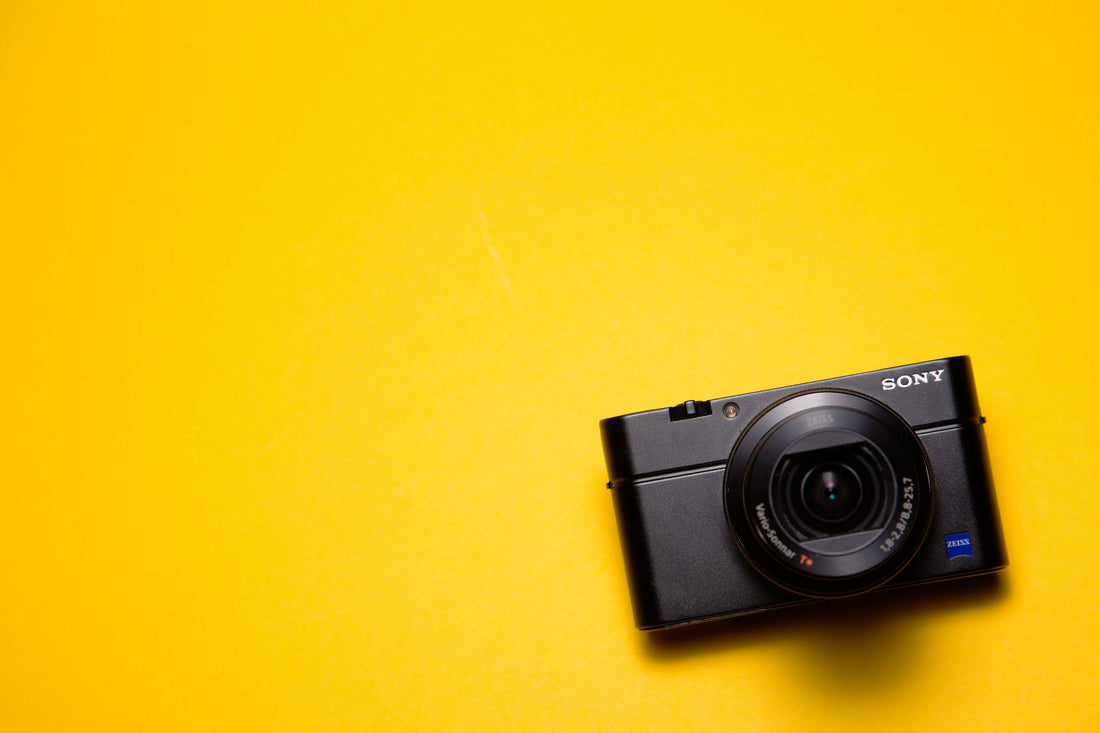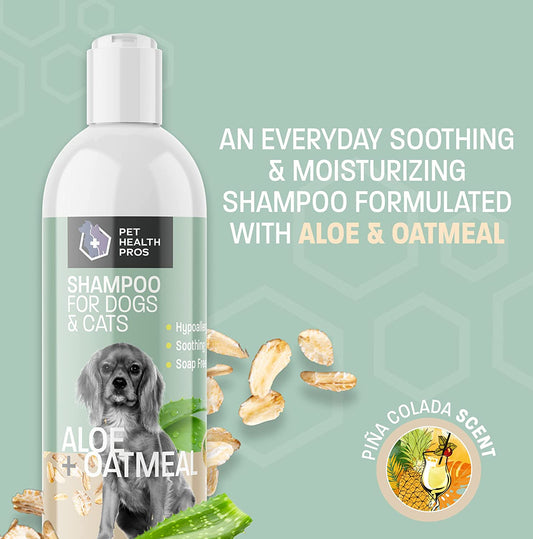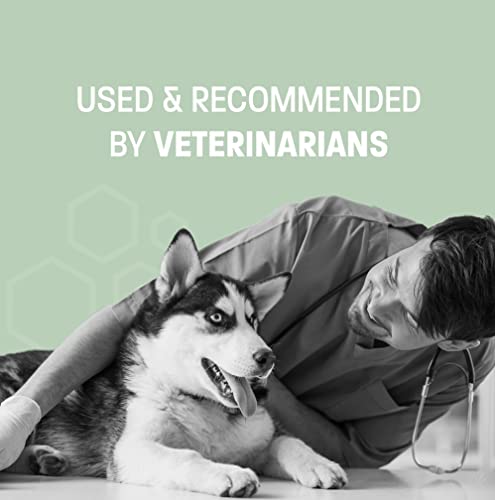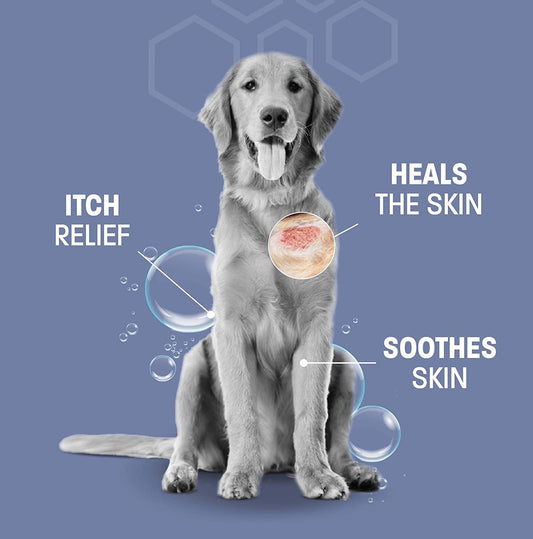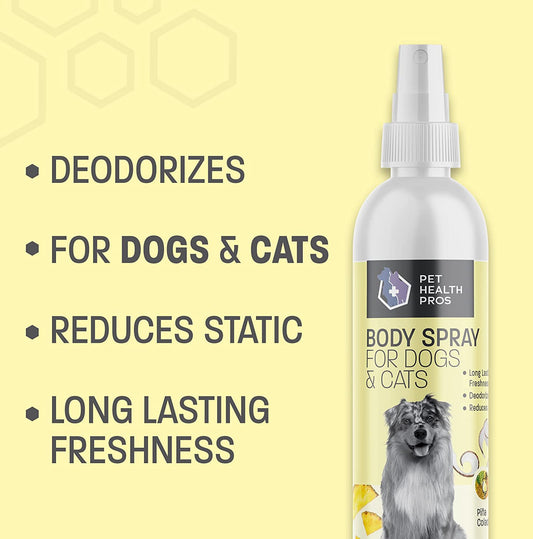Introduction
Pets hold a special place in our hearts, bringing joy, companionship, and unconditional love into our lives. As pet owners, we cherish the moments spent with our furry friends and want to capture those memories in photographs. Pet photography allows us to freeze these precious moments in time, creating lasting memories that we can cherish for years to come. In this article, we will explore the art of pet photography and provide you with essential tips and techniques to capture memorable moments with your pet.
Table of Contents
- Understanding the Importance of Pet Photography
- Preparing for a Pet Photography Session
- Gathering the Right Equipment
- Choosing the Perfect Location
- Creating a Comfortable Environment
- Mastering the Art of Composition
- Rule of Thirds
- Leading Lines
- Symmetry and Patterns
- Capturing the Personality of Your Pet
- Patience and Observation
- Using Treats and Toys
- Incorporating Props and Accessories
- Lighting and Exposure
- Natural Light vs. Artificial Light
- Avoiding Harsh Shadows
- Adjusting Exposure Settings
- Posing and Directing Your Pet
- Finding Natural Poses
- Using Voice and Hand Signals
- Candid Moments vs. Posed Shots
- Editing and Enhancing Pet Photographs
- Basic Editing Techniques
- Removing Unwanted Distractions
- Enhancing Colors and Details
- Safety and Comfort of Your Pet
- Ensuring a Stress-Free Environment
- Avoiding Harmful Props or Substances
- Knowing Your Pet's Limits
- Tips for Photographing Specific Pets
- Dogs
- Cats
- Birds
- Small Mammals
- Reptiles
- Sharing and Preserving Your Pet Photographs
- Creating Photo Albums
- Printing and Framing
- Sharing on Social Media
1. Understanding the Importance of Pet Photography
Pet photography serves as a medium to capture the unique bond between humans and their pets. It allows us to immortalize the love, playfulness, and companionship that our furry friends bring into our lives. Photographs have the power to evoke emotions and tell stories, and pet photography enables us to preserve those memories forever.
2. Preparing for a Pet Photography Session
Gathering the Right Equipment
To capture stunning pet photographs, you need the right equipment. Invest in a good quality camera that offers manual control settings and interchangeable lenses. A DSLR or mirrorless camera with a fast lens is ideal for pet photography. Additionally, keep a variety of lenses to accommodate different shooting scenarios.
Choosing the Perfect Location
Selecting the right location is crucial for a successful pet photography session. Consider your pet's comfort and choose a place where they feel at ease. Outdoor locations such as parks or beaches provide natural light and beautiful backdrops, while indoor sessions offer a controlled environment.
Creating a Comfortable Environment
Pets are most relaxed in familiar surroundings. Prepare the shooting area by removing any potential hazards and ensuring a clutter-free space. Add their favorite toys or blankets to create a sense of familiarity and comfort during the session.
3. Mastering the Art of Composition
Composition plays a vital role in creating visually appealing pet photographs. By applying certain principles, you can elevate the impact of your images.
Rule of Thirds
The rule of thirds is a fundamental guideline in photography. Imagine your frame divided into nine equal parts with two horizontal and two vertical lines. Place your pet along these lines or at the intersections, which will create a more balanced and visually pleasing composition.
Leading Lines
Utilize leading lines to guide the viewer's eye through the photograph. These can be natural elements like a path or a fence, or even props that create lines or curves. Leading lines add depth and dimension to your pet photographs.
Symmetry and Patterns
Symmetry and patterns can create visually striking images. Look for symmetrical elements in your pet's surroundings or incorporate patterns to add interest to your composition. This technique works exceptionally well when photographing pets with distinct markings or fur patterns.
4. Capturing the Personality of Your Pet
Every pet has a unique personality, and capturing it in photographs can result in truly memorable images.
Patience and Observation
Be patient and observant to capture your pet's authentic expressions and behaviors. Spend time with them before the shoot to build rapport and understand their quirks. This will help you anticipate special moments and expressions that reflect their personality.
Using Treats and Toys
Treats and toys are excellent tools to grab your pet's attention and elicit playful or curious reactions. Squeaky toys, treats, or their favorite objects can help create engaging and lively photographs.
Incorporating Props and Accessories
Consider adding props and accessories that complement your pet's personality or reflect their interests. For example, a hat, a bowtie, or a colorful scarf can add character to the photograph. However, ensure the props are safe and comfortable for your pet.
5. Lighting and Exposure
Lighting is a critical factor in pet photography, as it sets the mood and enhances the overall look of the image.
Natural Light vs. Artificial Light
Natural light provides a soft and flattering illumination. Whenever possible, choose outdoor locations or shoot near large windows to benefit from natural light. If shooting indoors, use soft, diffused lighting to avoid harsh shadows.
Avoiding Harsh Shadows
Harsh shadows can distract from the main subject of the photograph. Position your pet in areas with even lighting or use reflectors or diffusers to soften the shadows. This ensures a well-balanced and pleasing image.
Adjusting Exposure Settings
Experiment with exposure settings to achieve the desired outcome. Avoid overexposure or underexposure by adjusting the aperture, shutter speed, and ISO. Bracketing can help capture a range of exposures, providing more options during the editing process.
6. Posing and Directing Your Pet
Posing and directing your pet requires a combination of patience, creativity, and understanding of your pet's behavior.
Finding Natural Poses
Encourage your pet to be in their natural element, allowing them to showcase their unique postures and expressions. Capture them during playtime, while they are resting, or engaging in activities they enjoy. Candid moments often result in the most authentic and charming photographs.
Using Voice and Hand Signals
Voice commands and hand signals can help direct your pet's attention and guide their movements. Familiarize them with simple commands and gestures to create different poses and expressions. Remember to reward their cooperation with treats and praise.
Candid Moments vs. Posed Shots
A combination of candid moments and posed shots can provide a diverse range of photographs. Candid shots capture the essence of your pet's personality, while posed shots allow you to create specific compositions and showcase their unique features.
7. Editing and Enhancing Pet Photographs
Post-processing is an essential step in pet photography to refine your images and bring out their full potential.
Basic Editing Techniques
Start by adjusting the exposure, contrast, and white balance of your photographs. Crop the image tofocus on the subject and remove any distractions. Sharpen the details and enhance the colors to make the photograph more vibrant.
Removing Unwanted Distractions
During the editing process, carefully examine the image for any unwanted distractions such as leashes, stray objects, or blemishes. Use the cloning or healing tools to remove these distractions and ensure the focus remains on your pet.
Enhancing Colors and Details
Adjust the saturation and vibrancy of the colors to make your pet's fur or feathers stand out. Enhance the details and textures to bring out the intricate features of your pet. Be cautious not to overdo the editing, as it can result in unnatural-looking photographs.
8. Safety and Comfort of Your Pet
The safety and comfort of your pet should be your top priority during a photography session.
Ensuring a Stress-Free Environment
Create a calm and stress-free environment for your pet. Avoid loud noises or unfamiliar settings that may cause anxiety. Maintain a relaxed atmosphere by providing breaks, water, and treats to keep them comfortable throughout the session.
Avoiding Harmful Props or Substances
When using props or accessories, ensure they are pet-friendly and do not pose any harm to your pet. Avoid using substances or materials that may cause allergic reactions or discomfort. Always prioritize the well-being of your pet over capturing a specific shot.
Knowing Your Pet's Limits
Pay attention to your pet's behavior and body language. Respect their boundaries and limitations. If your pet becomes stressed or uncomfortable, take a break or end the session. Every pet is unique, and it's important to prioritize their well-being over getting the perfect shot.
9. Tips for Photographing Specific Pets
Different pets require different approaches when it comes to photography. Here are some specific tips for photographing various types of pets:
Dogs
- Use treats and toys to capture their attention and create engaging expressions.
- Capture them during playtime or while interacting with their favorite human or fellow dogs.
- Incorporate action shots to showcase their energy and enthusiasm.
Cats
- Be patient and allow cats to explore their surroundings.
- Utilize toys or laser pointers to capture their playful nature.
- Find interesting angles and perspectives to highlight their grace and elegance.
Birds
- Photograph birds in well-lit areas to capture the vibrant colors of their feathers.
- Use a fast shutter speed to freeze their movements.
- Be prepared to capture them in flight or while performing unique behaviors.
Small Mammals
- Use treats or their favorite food to grab their attention.
- Focus on their expressive eyes and capture their adorable features up close.
- Experiment with different compositions to highlight their small size and cuteness.
Reptiles
- Photograph reptiles in a controlled and safe environment.
- Capture their intricate scales and unique patterns.
- Utilize props or backdrops that complement their natural habitat.
10. Sharing and Preserving Your Pet Photographs
Once you've captured beautiful pet photographs, it's time to share and preserve them for future enjoyment.
Creating Photo Albums
Compile your best pet photographs into a photo album or a scrapbook. Arrange them chronologically or thematically to tell a visual story of your pet's life. Include captions or anecdotes to add a personal touch.
Printing and Framing
Select your favorite pet photographs and have them professionally printed and framed. Hang them on the walls of your home or office to create a visually appealing display that showcases your love for your pet.
Sharing on Social Media
Share your pet photographs on social media platforms to celebrate your furry friend with family, friends, and fellow pet lovers. Use relevant hashtags and captions to reach a wider audience and engage with others who share a similar passion for pets.
Conclusion
Pet photography is a wonderful way to capture the precious moments and unique personalities of our beloved pets. By following the tips and techniques outlined in this article, you can create stunning and memorable photographs that truly represent the bond between you and your pet. Remember to prioritize their safety and comfort throughout the process, and let your creativity and love for your pet shine through each photograph.
FAQs
Can I use my smartphone for pet photography?
Yes, you can use a smartphone for pet photography. Many smartphones today offer high-quality cameras with advanced features. However, for more control and versatility, a dedicated camera with manual settings is recommended.
How can I make my pet feel comfortable during a photography session?
To make your pet feel comfortable, choose a familiar location, have their favorite toys or treats on hand, and take breaks when needed. Patience and understanding of your pet's needs are key to creating a relaxed environment.
Should I hire a professional pet photographer?
Hiring a professional pet photographer can be a great option if you want professional-quality photographs or if you're looking for a specific style or concept. However, with the right knowledge and practice, you can also capture beautiful pet photographs yourself.
How do I capture action shots of my pet?
To capture action shots, use a fast shutter speed to freeze the movement. Anticipate your pet's actions and be ready to press the shutter at the right moment. Continuous shooting mode can help capture a series of shots to choose from.
Can I include other family members in the pet photographs?
Absolutely! Including other family members, especially those who share a special bond with the pet, can add depth and emotion to the photographs. Capture candid moments of interaction and love between your pet and family members.

